 Review by Markus Stamm, published September 2023
Review by Markus Stamm, published September 2023
Introduction
What lens would you choose if you could pick only one? For many photographers, that would be a 35mm prime. Sure, not everyone would agree, but still 35mm is such a popular focal length that no manufacturer would even remotely consider losing a fair amount of sales (and likely some reputation) by not offering such a prime. So, it is no surprise that Nikon offered the Z 35/1.8 S as one of the first lenses for the then brand new Z system.
Like most of its current f/1.8 cousins, it is a member of the "S-Line" which classifies it as a professional-grade lens. This results in a price of around 850 USD/EUR at the time of this review, which is a bit on the high side for such a lens.
 The lens shares its minimalistic design characteristic with the other Z-mount f/1.8 prime lenses. As alread mentioned in the review of the Nikkor Z 50/1.8 S, those two lenses look very similar on the outside, so picking the right one from the photo bag is some kind of gamble, at least for anyone new to the system. Luckily Nikon prints the lens' name in large white letters near the mount.
The lens shares its minimalistic design characteristic with the other Z-mount f/1.8 prime lenses. As alread mentioned in the review of the Nikkor Z 50/1.8 S, those two lenses look very similar on the outside, so picking the right one from the photo bag is some kind of gamble, at least for anyone new to the system. Luckily Nikon prints the lens' name in large white letters near the mount.
The weather-sealed lens consists of a mixture of tightly assembled polycarbonate and metals parts. The latter include the mount and most of the body parts, including the broad focus ring, giving the lens some weight and a welcome feeling of solidity.
The number of controls on the lens is reduced to a minimum with just an AF/M switch and the already mentioned focus ring. A classic distance scale is as absent as has an aperture ring been on most new Nikon lenses for quite a while now.
The focus ring works by wire, so is not in any way mechanically coupled to the focus motor. This allows to dynamically adjust the focus throw depending on the speed the focus ring is turned with, giving fast changes with fast movements and very precise fine-tuning with slow movements. If you aren't into manual focusing anyway, you can reconfigure the ring to aperture control, or if you like it exotic to ISO control or exposure compensation.

Thanks to an IF (inner focus) design the length remains constant regardless of the focus setting and as you'd expect from any modern lens the front element does not rotate. So, using a polarizer is no problem.
The lens features a stepping motor that allows the lens to adjust focus fast and silently. It's not a completely noiseless drive, though, so if you're into video, you'll likely want to use an external microphone. Nikon claims that design allows for effective focus-breathing compensation.
An optical image stabilizer has not been implemented. Just like autfocus, the aperture is controlled electronically, too. And as already mentioned, the lens is sealed against dust and moisture.
| Specifications |
|---|
| Optical construction | 11 elements in 9 groups (inc. 2x ED and 3x aspherical elements, and elements with Nano Crystal Coat) |
| Number of aperture blades | 9 (rounded) |
| min. focus distance | 0.25m (max. magnification ratio 0.19x) |
| Dimensions | 73x86mm |
| Weight | 370g |
| Filter size | 62mm (non-rotating) |
| Hood | petal-shaped (bayonet mount, supplied) |
| Other features | customizable control ring, dust- and moisture-sealings |
Distortion
The Nikkor Z 35mm f/1.8 S produces a very moderate amount of barrel distortion around 1%, which usually goes unnoticed. In addition, software correction can be enabled in-camera, which brings the distortion down to around 0.15%.
Vignetting
The amount of vignetting is on the high side for a lens in this class. In RAW files, the light falloff reaches 2.6EV (f-stops) in the corners. This is very noticeable. Stopping down to f/2.8 reduces this to 1.3EV which still isn't glorious. At f/4 the vignetting is finally reduced to a moderate degree.
When in-camera software correction is enabled in its default "normal" setting, it shaves off about 1EV at f/1.8 which already helps a lot. The vignetting is mostly gone from f/2.8 in this case.
To get even better results, you can set the in-camera correction to a more aggressive setting or preferrably use a compatible RAW-converter, which can make use of the lens correction profile that is always included in the NEF files. Using those profiles, the vignetting can be brought down to zero at large aperture settings.

MTF (resolution)
The Nikkor shows a very good resolution in the broader image center at f/1.8. The borders are still good but the corners can't keep up with this. Stopping down to f/2.8 boosts the overall quality quite a bit. The broader center reaches excellent levels and the outer image field is very good (albeit just). The global peak performance is reached around f/5.6 with uniformly high image quality across the image field. Diffraction is limiting the quality beyond. Stopping down to f/16 should be generally avoided.
Please note that the MTF results are not directly comparable across the different systems!
Below is a simplified summary of the formal findings. The chart shows line widths
per picture height (LW/PH) which can be taken as a measure for sharpness.
If you want to know more about the MTF50 figures you may check out the corresponding
Imatest Explanations

Chromatic Aberrations (CAs)
Chromatic aberrations (color shadows at harsh contrast transitions) are very well controlled even in RAW images. They are just slightly elevated at large aperture setting but get negligible beyond f/2.8 already.

Bokeh
The quality of the bokeh is about the rendering of out-of-focus areas. Generally, two aspects are discussed in this scope - out-of-focus highlights and the edge smoothness in the focus transition zones.
Out-of-focus highlights are nicely rendered with a very smooth inner zone and "feathered" edges. The shape of the discs is maintained until f/2.8 - certainly thanks to the 9-blade rounded aperture mechanism.
 The above applies to the image center but there's an obvious deterioration of the highlight discs towards the borders/corners where the discs are "cat-eye"-shaped. Stopping down restores the corner discs but not until f/4.
The general rendition in the focus transition zones is smooth in the background (to the left below) but a little harsher in the foreground (to the right below).
The above applies to the image center but there's an obvious deterioration of the highlight discs towards the borders/corners where the discs are "cat-eye"-shaped. Stopping down restores the corner discs but not until f/4.
The general rendition in the focus transition zones is smooth in the background (to the left below) but a little harsher in the foreground (to the right below).
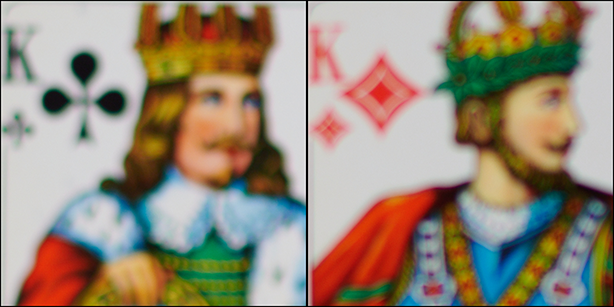
Bokeh Fringing / LoCA
Bokeh fringing (non-coinciding focal planes of the various colors, also referred to as longitudinal chromatic aberration or LoCA for short) is an axial color fringing effect and a common issue with relatively fast glass. It's visible as halos of different colors - magenta (red + blue) in front of the focus point and green beyond. Unlike lateral CAs, bokeh fringing can not easily be fixed in post-processing.
Typical for most fast primes the Nikkor shows some bokeh fringing at large-aperture settings. The fringing can be reduced by stopping down and it's mostly gone from f/4 onward.
In addition, the sequence also illustrates the very minimal focus shift.
Sample Images
The following sample shots were RAW-converted in CaptureOne with lens corrections switched off.
Click on a thumbnail to open the sample image in full resolution.
 |
| Make | NIKON CORPORATION |
| Model | NIKON Z 7 |
| ISO Speed | 100 |
| Focal Length | 35.0mm |
| Aperture: | f/2.2 |
| Exposure | 1/2000s |
 |
| Make | NIKON CORPORATION |
| Model | NIKON Z 7 |
| ISO Speed | 100 |
| Focal Length | 35.0mm |
| Aperture: | f/5.6 |
| Exposure | 1/500s |
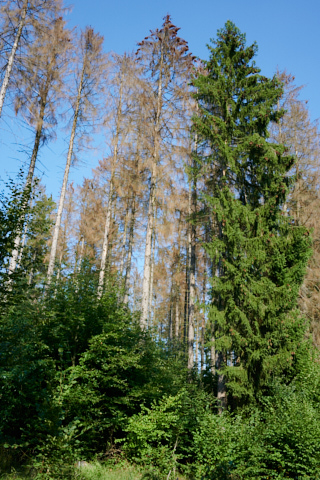 |
| Make | NIKON CORPORATION |
| Model | NIKON Z 7 |
| ISO Speed | 100 |
| Focal Length | 35.0mm |
| Aperture: | f/7.1 |
| Exposure | 1/160s |
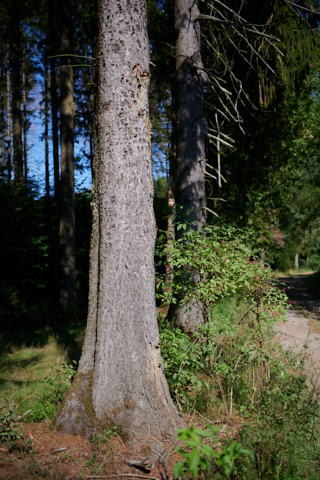 |
| Make | NIKON CORPORATION |
| Model | NIKON Z 7 |
| ISO Speed | 100 |
| Focal Length | 35.0mm |
| Aperture: | f/2.2 |
| Exposure | 1/3200s |
 |
| Make | NIKON CORPORATION |
| Model | NIKON Z 7 |
| ISO Speed | 100 |
| Focal Length | 35.0mm |
| Aperture: | f/8.0 |
| Exposure | 1/250s |
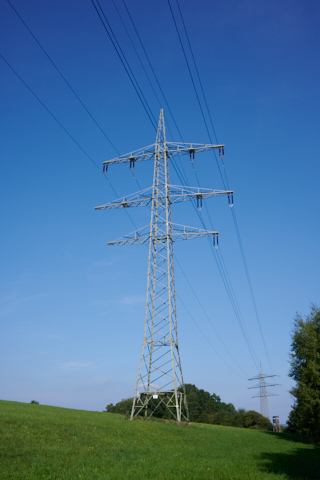 |
| Make | NIKON CORPORATION |
| Model | NIKON Z 7 |
| ISO Speed | 100 |
| Focal Length | 35.0mm |
| Aperture: | f/8.0 |
| Exposure | 1/400s |
 |
| Make | NIKON CORPORATION |
| Model | NIKON Z 7 |
| ISO Speed | 100 |
| Focal Length | 35.0mm |
| Aperture: | f/5.6 |
| Exposure | 1/800s |
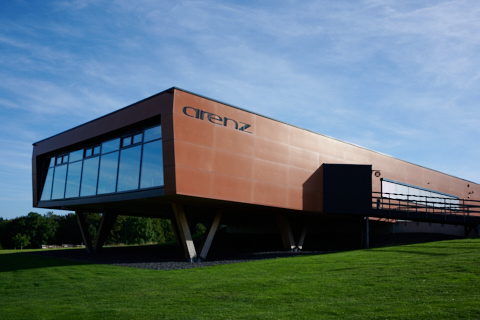 |
| Make | NIKON CORPORATION |
| Model | NIKON Z 7 |
| ISO Speed | 100 |
| Focal Length | 35.0mm |
| Aperture: | f/7.1 |
| Exposure | 1/400s |
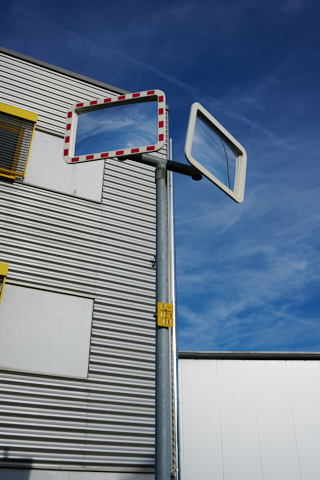 |
| Make | NIKON CORPORATION |
| Model | NIKON Z 7 |
| ISO Speed | 100 |
| Focal Length | 35.0mm |
| Aperture: | f/5.6 |
| Exposure | 1/1600s |
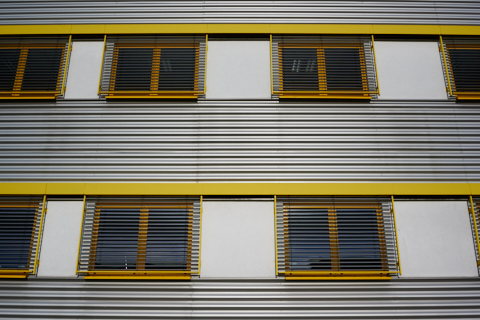 |
| Make | NIKON CORPORATION |
| Model | NIKON Z 7 |
| ISO Speed | 100 |
| Focal Length | 35.0mm |
| Aperture: | f/5.6 |
| Exposure | 1/2000s |
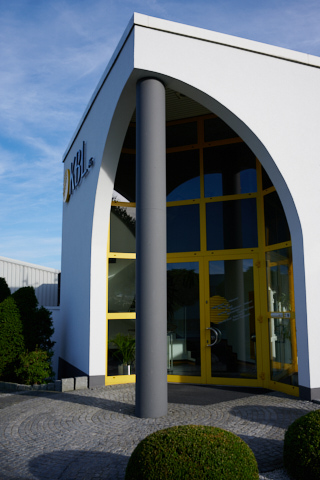 |
| Make | NIKON CORPORATION |
| Model | NIKON Z 7 |
| ISO Speed | 100 |
| Focal Length | 35.0mm |
| Aperture: | f/7.1 |
| Exposure | 1/400s |
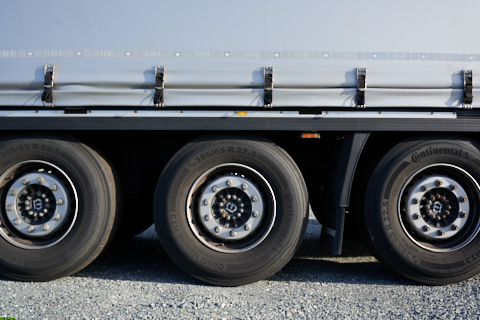 |
| Make | NIKON CORPORATION |
| Model | NIKON Z 7 |
| ISO Speed | 100 |
| Focal Length | 35.0mm |
| Aperture: | f/5.6 |
| Exposure | 1/160s |
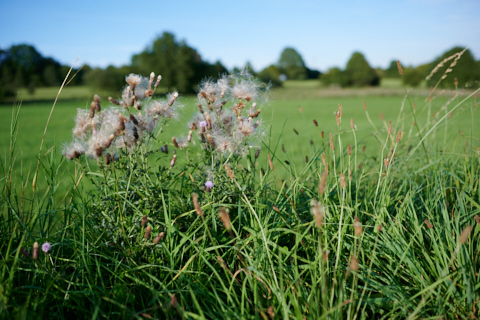 |
| Make | NIKON CORPORATION |
| Model | NIKON Z 7 |
| ISO Speed | 100 |
| Focal Length | 35.0mm |
| Aperture: | f/2.8 |
| Exposure | 1/1000s |
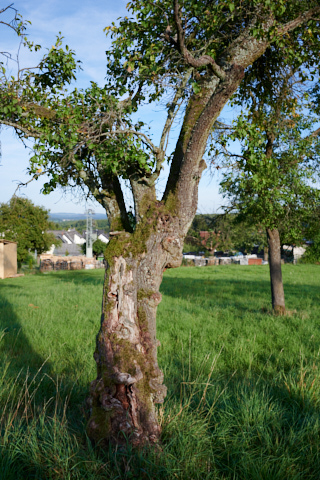 |
| Make | NIKON CORPORATION |
| Model | NIKON Z 7 |
| ISO Speed | 100 |
| Focal Length | 35.0mm |
| Aperture: | f/4.0 |
| Exposure | 1/640s |
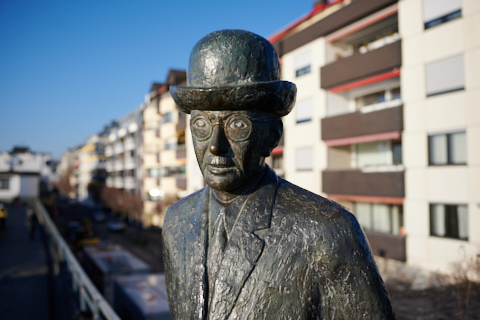 |
| Make | NIKON CORPORATION |
| Model | NIKON Z 7 |
| ISO Speed | 100 |
| Focal Length | 35.0mm |
| Aperture: | f/2.8 |
| Exposure | 1/2000s |
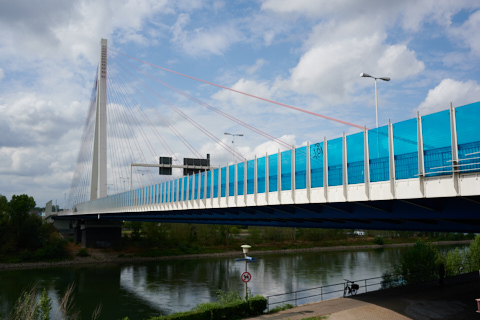 |
| Make | NIKON CORPORATION |
| Model | NIKON Z 7 |
| ISO Speed | 100 |
| Focal Length | 35.0mm |
| Aperture: | f/7.1 |
| Exposure | 1/800s |
 |
| Make | NIKON CORPORATION |
| Model | NIKON Z 7 |
| ISO Speed | 100 |
| Focal Length | 35.0mm |
| Aperture: | f/1.8 |
| Exposure | 1/8000s |
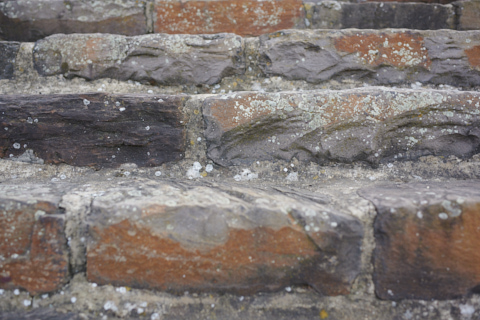 |
| Make | NIKON CORPORATION |
| Model | NIKON Z 7 |
| ISO Speed | 100 |
| Focal Length | 35.0mm |
| Aperture: | f/3.2 |
| Exposure | 1/400s |
 |
| Make | NIKON CORPORATION |
| Model | NIKON Z 7 |
| ISO Speed | 100 |
| Focal Length | 35.0mm |
| Aperture: | f/1.8 |
| Exposure | 1/200s |
 |
| Make | NIKON CORPORATION |
| Model | NIKON Z 7 |
| ISO Speed | 100 |
| Focal Length | 35.0mm |
| Aperture: | f/2.5 |
| Exposure | 1/250s |
Verdict
The Nikkor Z 35mm f/1.8 S is a very good lens, although it stays a little short of the high expectations that we had from our previous reviews of Z-mount prime lenses.
The center quality is very good even at f/1.8 but the outer image field is somewhat mediocre at this setting. This improves substantially when stopping down to f/2.8 and the results are truly impressive around f/5.6. Lateral CAs are generally very low. The same goes for image distortion. However, it is advisable to rely on auto-correction for vignetting compensation which is on the high side for such a lens.
The quality of the bokeh is better than average with a smooth background rendering and clean highlight discs - with some deterioration towards the corners.
The build quality is typical for Nikon's standard set of Z prime lenses. There are some plastic parts on the lens body but the quality is reassuring and solid. Controls on the lens are reduced to a minimum with just an AF/M switch and the focus-by-wire control ring. The latter works electronically with variable speed and can be customized to control a (small) selection of other functions. The stepping AF motor is both fast and quiet.
It may not be our top choice among the new Nikkor prime lenses but for the vast majority of applications, it gets the job done with grace. It is a little overpriced in the grand scheme of things though.
Mechanical Quality:
★★★★★
Click here for an explanation of our star ratings
|